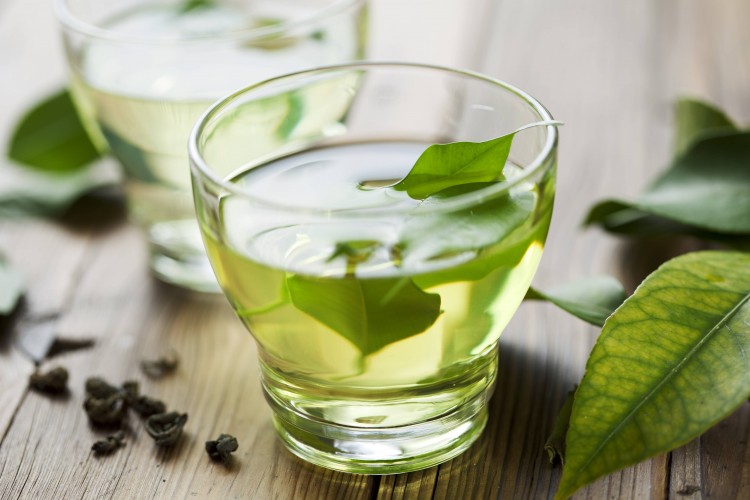All teas come from one plant–the Camellia sinensis—and are cured and processed in different ways to produce different types of beverages. Here are a few things to know about the benefits of tea and how to get the most out of this simply delicious beverage.
Types of Tea
· Green tea is the most popular tea as of late. Green tea is largely unprocessed giving it a high catechin count. Catechins are antioxidants studied in regards to their potential health benefits like preventing cell damage and lowering cholesterol levels. Green tea has a distinct taste and is often mixed with white tea or spices to add sweetness.
· Black tea is the most widely drunk tea in the world. Black tea is made by fermenting the Camellia sinensis plant and has higher caffeine content than other teas, making it a viable competitor for coffee, whose global price is on the rise. Black tea is also the base for chai, a widely drunk spiced tea latte.
· White tea is unfermented and uncured—less processed than other types of tea. White tea is currently being studied for its potential anti-cancer fighting abilities and boasts a light palatable flavor.
· Oolong, a.k.a brown tea, is made from the leaves, buds and stems of the Camellia sinensis. It does contain caffeine and has traditionally been used to sharpen thinking skills and promote mental clarity.
· (Honorable mention) Herbal teas are not true teas since they don’t come from the Camellia sinensis plant, but they are nonetheless enjoyed like a tea, so they often just get called “tea.” A better name for “herbal tea” is actually “tisane,” which is any beverage made with an infusion of herbs, spices, plants and water. Usually tisanes are caffeine free and contain full-body fruit flavors.
Delicious Add-Ins
· Sweeteners. Honey is a common sweetener for lighter teas, bringing out the flavor without changing the taste. Sugar is often preferred in darker teas to better offset the natural bitterness that fermentation brings out.
· Lemon. Lemon can be used with sugar or honey but never with milk or cream (for curding reasons) to provide a citrusy zing. Oranges can also be used.
· Milk/cream. Add milk or cream to tea as you would to coffee.
· Spices. Enhance the flavor of any tea or tisane with complementary spices like cinnamon, chives, or ginger. Experiment with fresh and ground spices to bring out the best flavors of your tea.
Recipes/Beverages with Tea
· The Arnold Palmer. Named after the golf great, this beverage is an easy combination of equal parts iced tea and lemonade. Serve over ice and enjoy through a straw.
· Frusanté. This three tea, three superfruit fusion with a splash of coconut water comes premixed. Add to a cocktail or mocktail or drink shots to complement cardiovascular health. Tastes best cold.
· SuperGreen Iced Tea. Brew one cup of green tea. Sweeten and pour over ice. Add 3 ounces of fresh cucumber juice, 1 ounce lime juice, and a mint garnish. Enjoy and boost your catechins!




Comments (0)